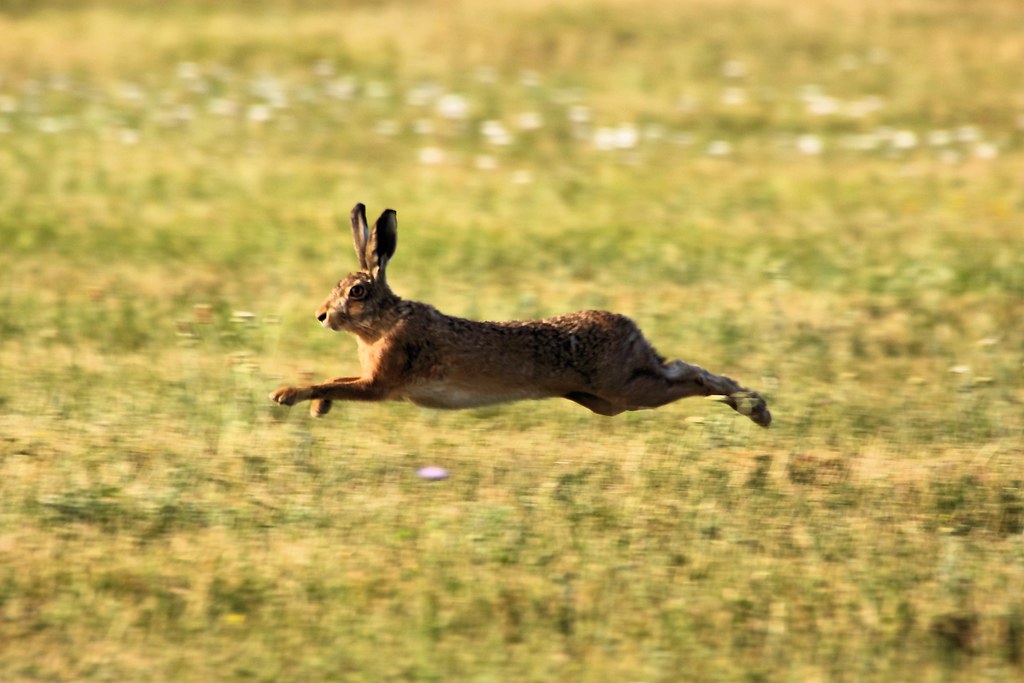The Irish hare is one of the most prolific species on the planet and has survived for hundreds of thousands of years for a number of reasons: its ability to evade capture; its adaptability to an ever-changing environment; its speed and agility; it can turn at right angles in one stride; its stereophonic hearing; its 360° vision; and its ability to swim up to a mile voluntarily.
These are certainly not the attributes of a "timid, brittle boned” animal as pronounced by the letter writer.Conservation by coursing clubs
The conservation work of voluntary coursing club members and farmers is apparent if one examines the 'National Hare Survey & Population Assessment 2017-2019', published by the NPWS [National Parks and Wildlife Service] in compliance with the EC Habitats and Species Directive (92/43/EEC).The Irish hare achieved the highest possible rating across all four measurement criteria, demonstrating that the conservation work is effective.
The current IUCN [International Union for Conservation of Nature]Red List of Threatened Species has reported the Irish hare as being of “least concern (Smith & Johnston, 2019)”. This is further supported by a study conducted by the world-renowned lagomorph research body, Quercus, based at Queens University Belfast, where it reported that where you have coursing clubs, there are 18 times more hares than in the wider countryside.Ban on hare coursing
In terms of a ban, Mr. Blair considered the England and Wales Hunting Act 2004 a short-sighted mistake.This is validated by DEFRA [Department for Environment Food & Rural Affairs], as it reports a significant decline in the hare population and an escalation of serious levels of wildlife crime sitting at 36%.
In Northern Ireland, the PSNI had to establish ‘Operation Lepus’ to combat the escalation of illegal hunting of the Irish and the invasive brown hare.The rabbit centric virus, RHDV2, first reported in January 2016 (All-Island Animal Disease Surveillance Report), is not impacting the Irish hare and following extensive surveillance and testing over the last two years in particular, there is no scientific evidence to support the alarmist views of the letter writer.
I finish with the words of two eminent scientists, Dr. Neil Reid (zoologist at Queens University Belfast): “ICC sites are managed favourably for hares” and "they maintain enhancement of suitable habitat” and Dr. Ian Montgomery (biologist at Queens): “Without legal, well-organised and regulated coursing, much of the cost of conservation will fall exclusively on government". I suggest the government is very much eco-aware and understands the important conservation role played by ICC coursing clubs. From D.J Histon, CEO, Irish Coursing Club.
